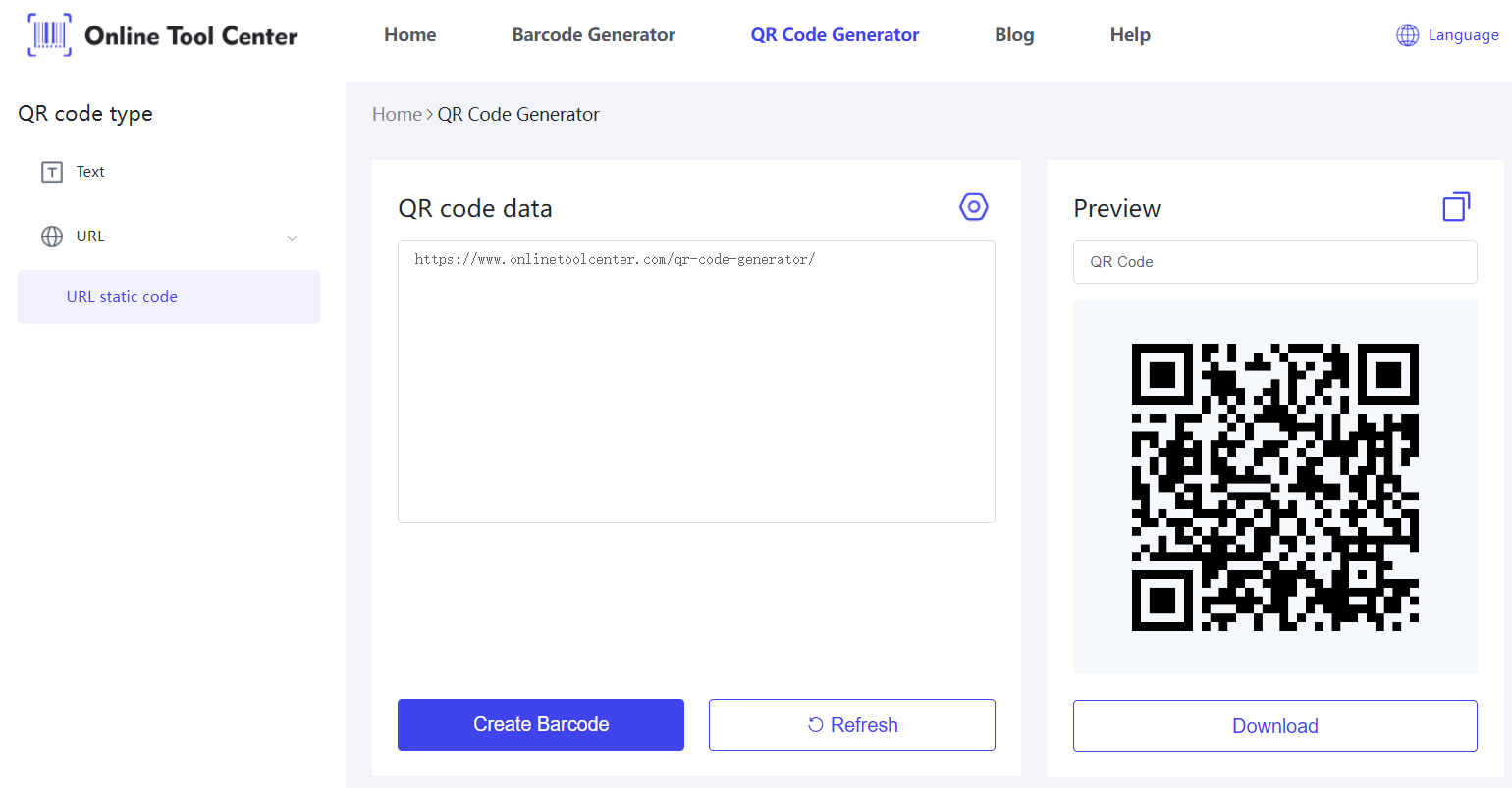In our digital age, QR codes have emerged not only as a tool for quick information access but also as a significant ally in eco-friendly initiatives. As businesses and consumers become more environmentally conscious, the adoption of QR codes offers a promising path to sustainability.
Benefits of Eco-Friendly QR Codes
● Consumer Awareness
QR codes play a crucial role in educating consumers about environmental issues and sustainable choices. By providing easy access to this information, QR codes help raise awareness and encourage more people to make environmentally responsible decisions.
● Operational Efficiency
For businesses, QR codes streamline operations and enhance supply chain transparency. This not only improves efficiency but also ensures that companies can manage their environmental impact more effectively.
● Brand Loyalty and Trust
Companies that demonstrate a commitment to environmental responsibility through QR codes can build stronger consumer trust and loyalty. This is crucial in a market where consumers increasingly favor brands with strong environmental credentials.
Sustainable Use of Eco-Friendly QR Codes
● Fashion Industry
In the fashion sector, QR codes are being used on clothing tags to offer transparency about the materials used and the manufacturing processes involved. Consumers can scan these codes to learn about the origin of the materials and the environmental impact of their production, fostering a more sustainable fashion industry.
● Retail Sector
The retail industry benefits from QR codes by reducing the need for printed promotional materials. By embedding QR codes on packaging and in-store displays, retailers provide customers with access to promotions and product information, cutting down on paper use and waste.
● Public Transport
Public transportation systems use QR codes to provide passengers with information about eco-friendly travel options. These QR codes can lead to schedules, route details, and even carpooling options, enhancing the usability and appeal of sustainable transport solutions.
Brands Integrating QR Codes into Their Eco-Friendly Strategies
● IKEA: The furniture giant has integrated QR codes into their retail environments to reduce paper waste. Customers can scan these codes to access product assembly instructions and details online, which cuts down on the amount of printed material distributed in-store.
● Starbucks: In an effort to reduce waste and enhance customer engagement, Starbucks uses QR codes in their stores that customers can scan to learn about the company’s sustainability initiatives, including information on recycling and responsible coffee sourcing.
● Lush Cosmetics: Lush employs QR codes on their packaging to give customers access to detailed information about product ingredients and their ethical sourcing. By scanning these codes, customers can view videos and articles about the product’s lifecycle and the company's sustainability efforts.
The Rise of QR Codes Impact in Eco-Friendly Initiatives
● Reducing Paper Usage
Transitioning from physical to digital documents is a fundamental step towards reducing our ecological footprint. QR codes facilitate this by replacing printed materials like manuals, brochures, and receipts. The simplicity of scanning a QR code to access the same information saves countless trees and reduces waste, illustrating a practical shift towards digital documentation.
● Enhancing Recycling Efforts
QR codes enhance recycling processes by providing crucial information directly on products or recycling bins. Scanning these codes can educate individuals about proper disposal methods and recycling protocols, significantly increasing the efficiency of recycling programs.
● Driving Sustainable Consumer Practices
Through QR codes, consumers can access detailed information about how to use products sustainably and dispose of them responsibly. This direct access to sustainability information encourages environmentally-conscious consumer behavior and supports the longevity of eco-friendly practices.
How to Create Eco-Friendly QR Codes?
Our QR code generator is an excellent resource for creating eco-friendly QR codes. When designing QR codes, you should consider their alignment with sustainable branding. Also, think about the content linked to these QR codes; it should provide valuable and relevant information on sustainability that resonates with your audience.

Practical Tips for Eco-Friendly QR Codes
Best practices for utilizing QR codes in eco-friendly initiatives include linking directly to digital content about sustainability efforts. This ensures that consumers can access relevant information with ease and reinforces the sustainable message of your brand.
To sum up, QR codes hold transformative potential for promoting sustainability across various industries. By adopting QR codes, you can not only enhance your operational efficiency but also contribute significantly to environmental conservation.
Ready to start your journey towards sustainability with Eco-Friendly QR codes? Explore how our QR code generator can help you create eco-friendly QR codes. Start making a difference now!
FAQs on Eco-Friendly QR Codes
1. Can QR codes improve product lifecycle management?
Yes, QR codes can enhance product lifecycle management by tracking products through each stage and providing data that helps improve sustainability.
2. What are the challenges in adopting QR codes for sustainability?
While the benefits are clear, some challenges include technological barriers and ensuring consumer engagement. Solutions involve educating consumers and integrating QR codes seamlessly into products and services.




